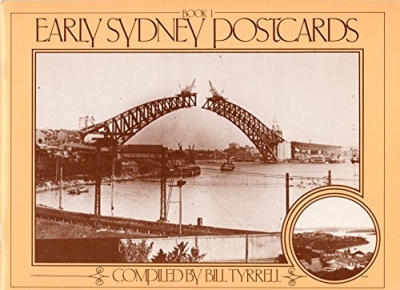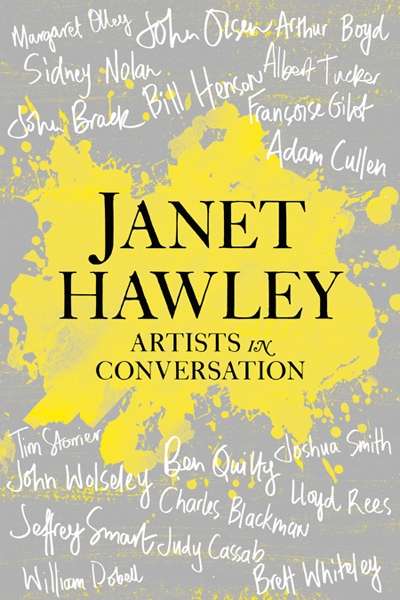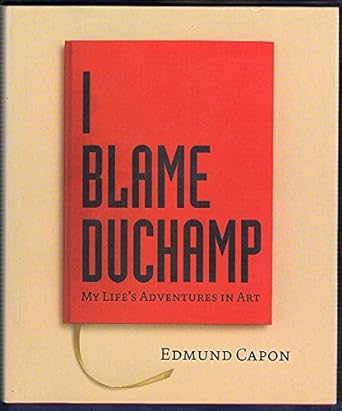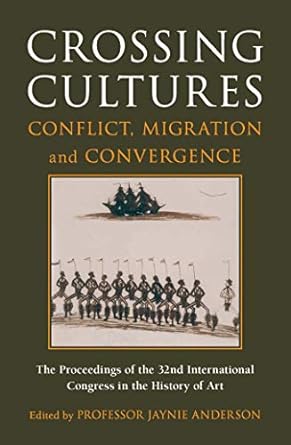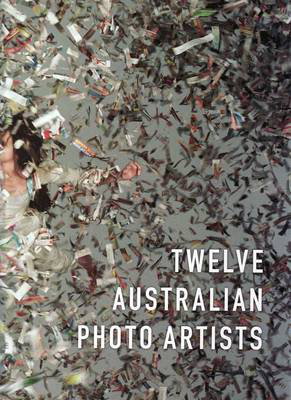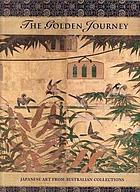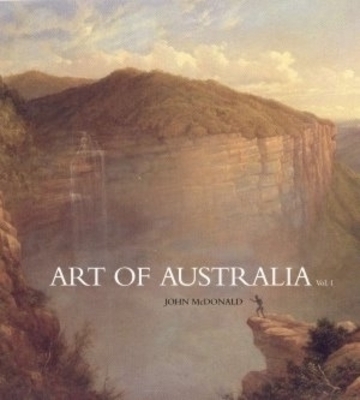Art
The last couple of years have seen a revival in the post card – not your glossy view card of opera houses, kangaroos and koalas (I am told popular postcards of our furry friends sell in the millions over a year), but a much more small circulation kind which, because of its limited interest, can’t be sold in normal card outlets. Hence the tear-out, four per page, thirty-two per book, post card extravaganzas sold through normal book channels.
... (read more)A conversation is an interactive exchange usually of a spontaneous nature. Janet Hawley’s essays are a mix of journalistic intention, conversational ruminations, observations, enquiries, and a gentle goading of her subjects about the ‘twin crucibles’ of creativity – the personality of the artist and what occurs in his or her sanctum, the studio. Assuming the role of confessional nursemaid and curious witness, Hawley profiles more than thirty successful artists, grand old men and women of the art world, explorers of real and psychological terrains, and deceased enfants terribles. These ‘conversations’ make unexpectedly compelling reading.
... (read more)Tragedy and loss
Dear Editor,
In his otherwise eloquent defence (‘Seeing Truganini’, May 2010) of Benjamin Law’s busts of Truganini and Woureddy as ‘irreducible historical objects’, secular works of art and therefore items that should be available for free discussion and exchange, and also in his sketching of the various shades of guilt accompanying this very complex issue, David Hansen, a professional curator, is, I feel, himself ‘guilty’ of looking around these works rather than at them – in fact, not ‘seeing’ them. Dr Hansen says: ‘It is not the sculpture that conveys the extinction myth, but the way the image is and has been used in another past, a later past.’ Focusing on Truganini, he details how, when her bust was made, there were still ‘two hundred full-blood Palawa living’, Darwin’s ‘Origin’ was twenty years off, Truganini was ‘smart and vivacious, young and attractive’, and she and her treaty group were ‘A-list colonial celebrities’.
... (read more)I Blame Duchamp: My Life’s adventures in art by Edmund Capon
Over the past three decades, Edmund Capon has transformed the Art Gallery of New South Wales. Before he arrived, you could have swapped the contents of the Sydney gallery with Ballarat’s and nobody would have noticed the difference. How a city of that size, wealth and international ambition could have wound up with such a provincial collection puzzled the mind. No more. Capon has thrown out new wings, created a distinguished Asian collection virtually ex nihilo, attracted the generous benefaction of some remarkable old master paintings from James Fairfax, and acquired major twentieth-century and contemporary works. As importantly, he has made the AGNSW the liveliest of the state galleries. Even a wet Tuesday morning sees the central court thronged. Often Capon installs a medley of works there which would look inchoate in most other galleries but which emerge as resounding and triumphant. I once saw the big Kirchner Three bathers hung with the august Max Beckmann’s Mother and daughter and Picasso’s crackling Seated nude from the mid 1950s. Collectively, they gave off the whack and weight of modernity more excitingly than any other display in Australia.
... (read more)Crossing Cultures: Conflict, migration and convergence. The proceedings of the 32nd International Congress of the History of Art edited by Jaynie Anderson
The discipline of art history in Australia has passed through four stages. The foundations were laid in the 1940s with the arrival of three eminent émigrés. Ursula Hoff, schooled in the rigours and erudition of the Warburg Institute, came first. Franz Philipp, a Dunera survivor, well educated in the Viennese School, under Julius von Schlosser and others, came next. Then came Joseph Burke, first Herald Professor of Fine Arts at the University of Melbourne, and a product of the Courtauld Institute in London and the Anglophiliacs of Yale. Hoff would become the first trained art historian to work in a public Australian art gallery. Over the years, she made the Prints and Drawings Room at the National Gallery of Victoria a powerhouse of scholarship and connoisseurship. Burke and Philipp joined forces to create the Department of Fine Arts. Burke modestly proclaimed that ‘Franz was the architect and I was the builder’; I suspect that Philipp felt he was both.
... (read more)Twelve Australian Photo Artists by Blair French and Daniel Palmer
Of all art forms, photography has probably had the most contentious and complex reception. Graduating from the ‘bastard child left on the doorstep of art’ in the 1840s to the darling of the art world for some 170 years, the critical understanding of this quintessentially modern medium is in a constant state of flux.
These thoughts occurred to me as I read this lavishly produced hardcover book. Indeed, as the rather prosaic title, states, this is photography that self-confidently declares itself as art. Blair French, who co-authored Twelve Australian Photo Artists with Daniel Palmer, brings one of the touchiest aspects of the medium to the fore when commenting on the work of Pat Brassington: ‘the relationship between photography and the world may appear transparent, but photography is in fact an opaque medium with its own material qualities ... it is an act of fabrication and construction.’ This is the sticking point that still brings the medium into contention: photography as a reflection of the world or as a construction. Or, to use a more crude conjunction, document verses art.
... (read more)When the National Portrait Gallery (NPG) opened in Canberra last December, more thoughtfulness was evident in its bookshop than the hang. The volumes are arranged by subject and in alphabetical order: the images accord to no principle beyond décor. Here are five writers; there, four scientists. The randomness of the whole embodies a culture of distraction. The root of this muddle is an evasion of whether the Gallery is to be guided by aesthetics or museology. The want of clarity is compounded by concern among staff not to be identified with a history museum.
... (read more)The Golden Journey: Japanese art from Australian collections by James Bennett and Amy Reigle Newland
Australia’s major galleries, with the odd exception, have generally conducted their exhibition programs to show that fanfare for blockbusters is reserved for exhibitions that come from somewhere other than Australia. The die was cast long ago. In the past thirty years, temporary exhibitions have increasingly consumed the lives of public galleries – and blockbusters represent the embodiment of this phenomenon.
... (read more)The Art of Australia, Volume 1: Exploration to Federation by John McDonald
If the back-flap biography did not proclaim John McDonald as ‘Australia’s premier arts commentator’, if the author himself did not describe The Art of Australia in the preface as ‘a massive work of synthesis intended to bring together the most recent scholarship’, and if it were not being puffed in advertisements as ‘destined to take its place as the definitive work on Australian art’, one might be inclined to take this book on its merits.
... (read more)Australian Surrealism: The Agapitos/Wilson Collection by Bruce James
When the shiny new word ‘Surrealism’ was first minted, it was easy to find a shower of retrospective applications for it. The congested canvases of Hieronymus Bosch, for one, still spring to mind, though we need retrace our steps no further than that cauldron of economic and philosophical instability – the period between the two world wars – to pinpoint its official beginnings. In 1917, one year before a combat wound despatched him, Guillaume Apollinaire used the term to describe the ‘unleashing of zany creativity’ in the ballet Parade.
There were many players. Some were unsuspecting recruits; others signed up with alacrity. One of the former was Sigmund Freud, whose exploration of the subconscious mind and how it underwrote the inclinations of humanity at large gave a boost to those painters whose strange conjunctions of imagery had been prompted by free association and a dragging of the subconscious seabed to snare the detritus of dreams and nightmares.
... (read more)

